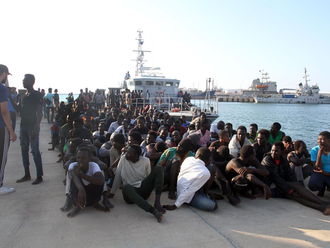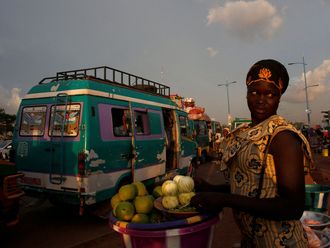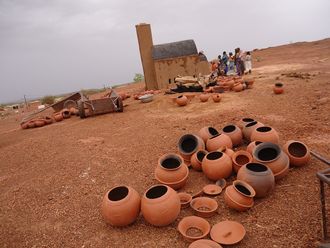
Antananarivo
Some might consider the plague a thing of the past, buried deep in medieval history. But it thrives in Madagascar, where the disease is a seasonal worry. And this year, the country is experiencing what may be its deadliest outbreak in years: About 194 people are suspected to have fallen ill from the plague since August, and 30 people have died as of Tuesday, according to Madagascar’s Ministry of Health. Experts say they can’t remember the last time the death toll was so high; last year, 63 people died over the course of the year, out of 275 cases.
As a result of the outbreak, Madagascar is temporarily shutting down its public institutions. Government authorities ordered two universities to close, and other schools have shut their doors across the country, including the capital, Antananarivo, so that the buildings can be sprayed with insecticides. People are lining up to buy masks, according to media reports, and the World Health Organisation is making plans to ship emergency supplies, including antibiotics for treatment, prophylaxis and personal protective equipment.
“We are scared — all of these deaths show that the situation is serious,” Miora Herinjatovo, 55, told Agence France-Presse. She got a mask from a hospital — unlike her husband, who failed to get one after standing in line outside a pharmacy. He instead collected a handful of generic antibiotics. Experts say the outbreak started in late August, when a 31-year-old man from the eastern city of Toamasina took a trip inland to Ankazobe, where the plague lives in rodent and flea populations. While there, he came down with malaria-like symptoms. He died in a taxi home, passing through Antananarivo, the WHO said in a September 28 statement.
The WHO said that many of the cases identified are directly or indirectly linked to the man, which is evidence of person-to-person transmission. Of the 31 people who made direct or indirect contact with him, four became ill and died, the WHO said. Antananarivo and Toamasina were among the most-infected cities: As of September 30, Antananarivo and its suburbs had 27 cases and seven deaths, and Toamasina had 18 cases and five deaths.
Antananarivo has about 1.3 million residents, while Toamasina has about 237,000, according to a 2014 count by the National Institute of Statistics in Madagascar. Public gatherings, including jazz festivals and basketball tournaments, have been called off to prevent the plague from spreading, according to media reports. One of the people killed by the plague last week was a basketball coach from the Seychelles, who died while visiting the capital for a basketball tournament. This plague shares the same bacterium, Yersina pestis, that caused the “Black Death” pandemic in Europe during the 14th century.
The most common form of the plague in Madagascar was, until this year, the bubonic plague, spread to humans through infected fleas that contracted the infection from small animals they bit, like rats. The disease is typically spread to humans by the bite of an infected flea, according to the Centres for Disease Control and Prevention.
—Washington Post












